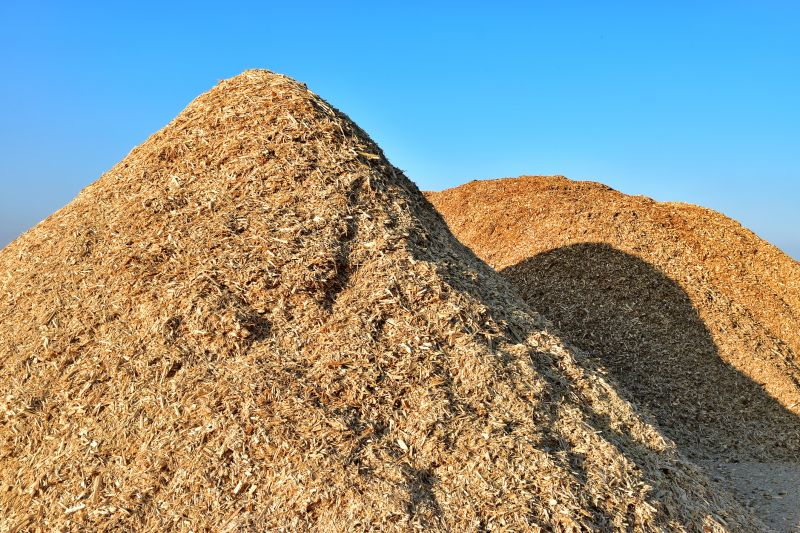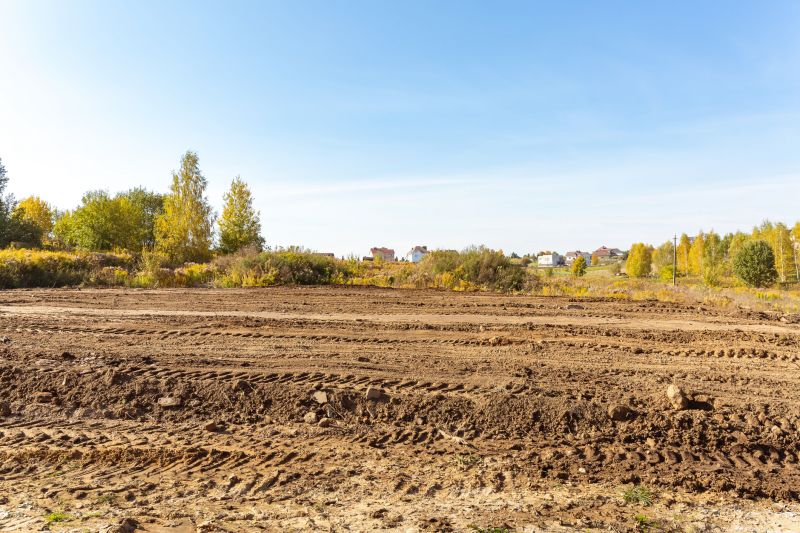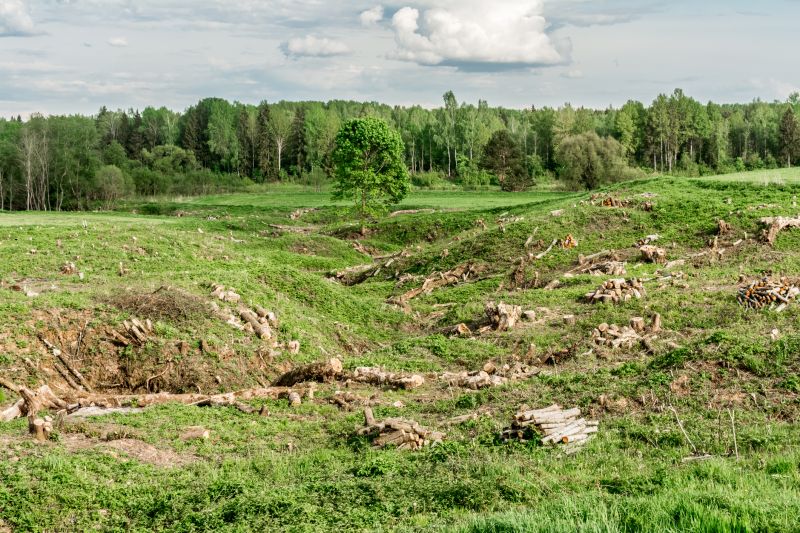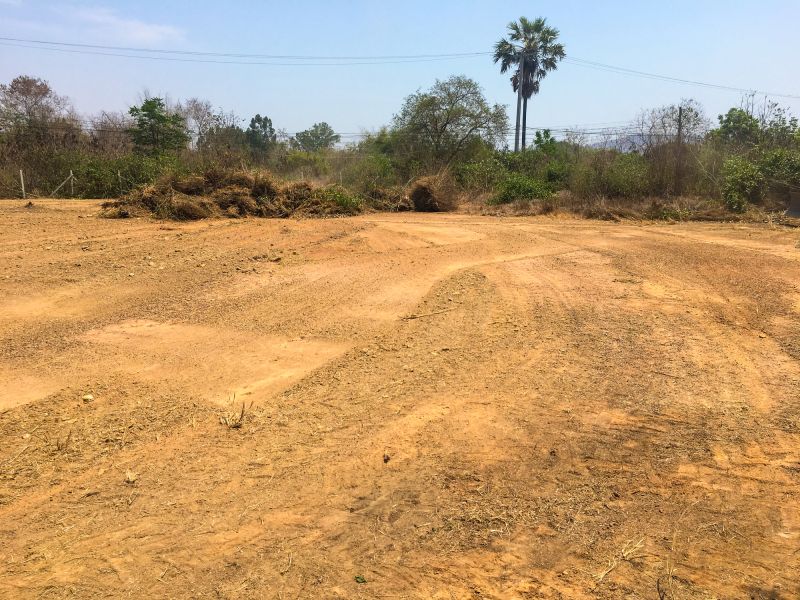Optimal Timing for Terrain Clearings

Spring is ideal for terrain clearings due to moderate soil moisture and active plant growth, making it easier to manage vegetation.

Summer offers dry conditions that facilitate easier access and reduced mud, but high temperatures require planning around heat.

Fall provides cooler weather and less foliage, allowing for efficient clearing before winter.

Ways to make Terrain Clearings work in tight or awkward layouts.

Popular materials for Terrain Clearings and why they hold up over time.

Simple add-ons that improve Terrain Clearings without blowing the budget.
Terrain clearings involve the removal of unwanted vegetation, debris, or obstructions to prepare land for construction, agriculture, or recreation. Proper timing ensures efficient work, cost savings, and optimal results. Factors influencing the best time include weather conditions, soil moisture levels, and plant growth cycles.
Avoid clearing during heavy rain or snow to prevent soil erosion and equipment damage.
Optimal soil moisture reduces compaction and facilitates easier excavation.
Clearing during active growth periods minimizes regrowth and reduces maintenance.
Timing can impact local wildlife; avoid nesting seasons for sensitive species.

Heavy machinery used for efficient vegetation and debris removal.

Techniques include mowing, mulching, and uprooting invasive species.

Post-clearing, soil may require grading or stabilization.

Assessments are essential to minimize disturbance during clearing.
| Season | Ideal Conditions |
|---|---|
| Spring | Moderate soil moisture, active plant growth |
| Summer | Dry conditions, longer daylight hours |
| Fall | Cooler weather, less foliage |
| Winter | Frozen ground may limit access |
| Early Summer | Optimal for large-scale projects |

Visual comparison of terrain before and after clearing.

Heavy machinery performing clearing tasks.

Collected debris and uprooted plants.

Prepared terrain for development or planting.
Choosing the appropriate time for terrain clearings can significantly impact project efficiency and outcomes. Proper planning considers seasonal weather patterns, vegetation cycles, and environmental factors to ensure optimal conditions. Consulting with professionals can help determine the best timing tailored to specific land and project requirements.
For assistance with planning and scheduling terrain clearings, contact experienced specialists to discuss options and timing tailored to specific land conditions.
